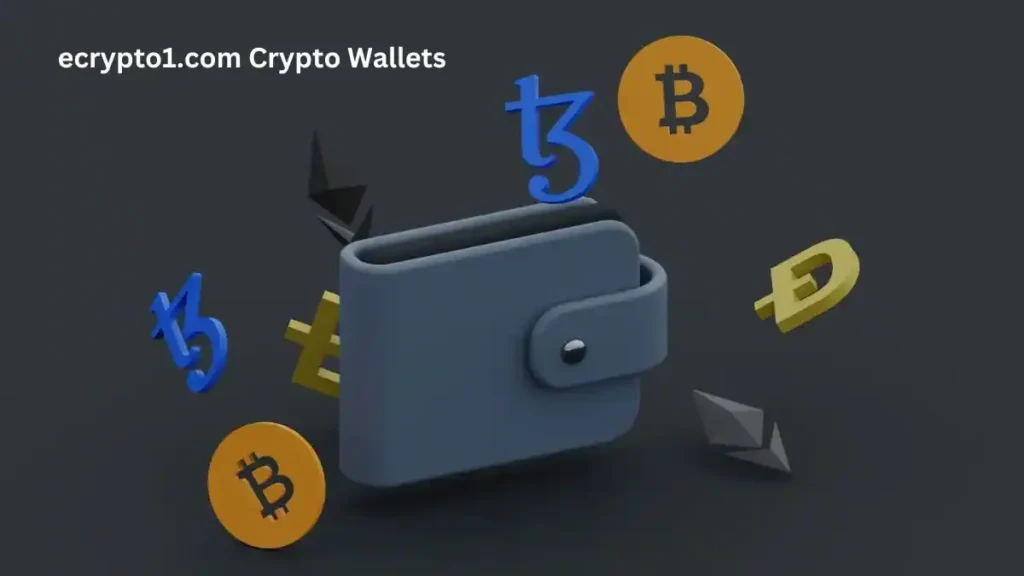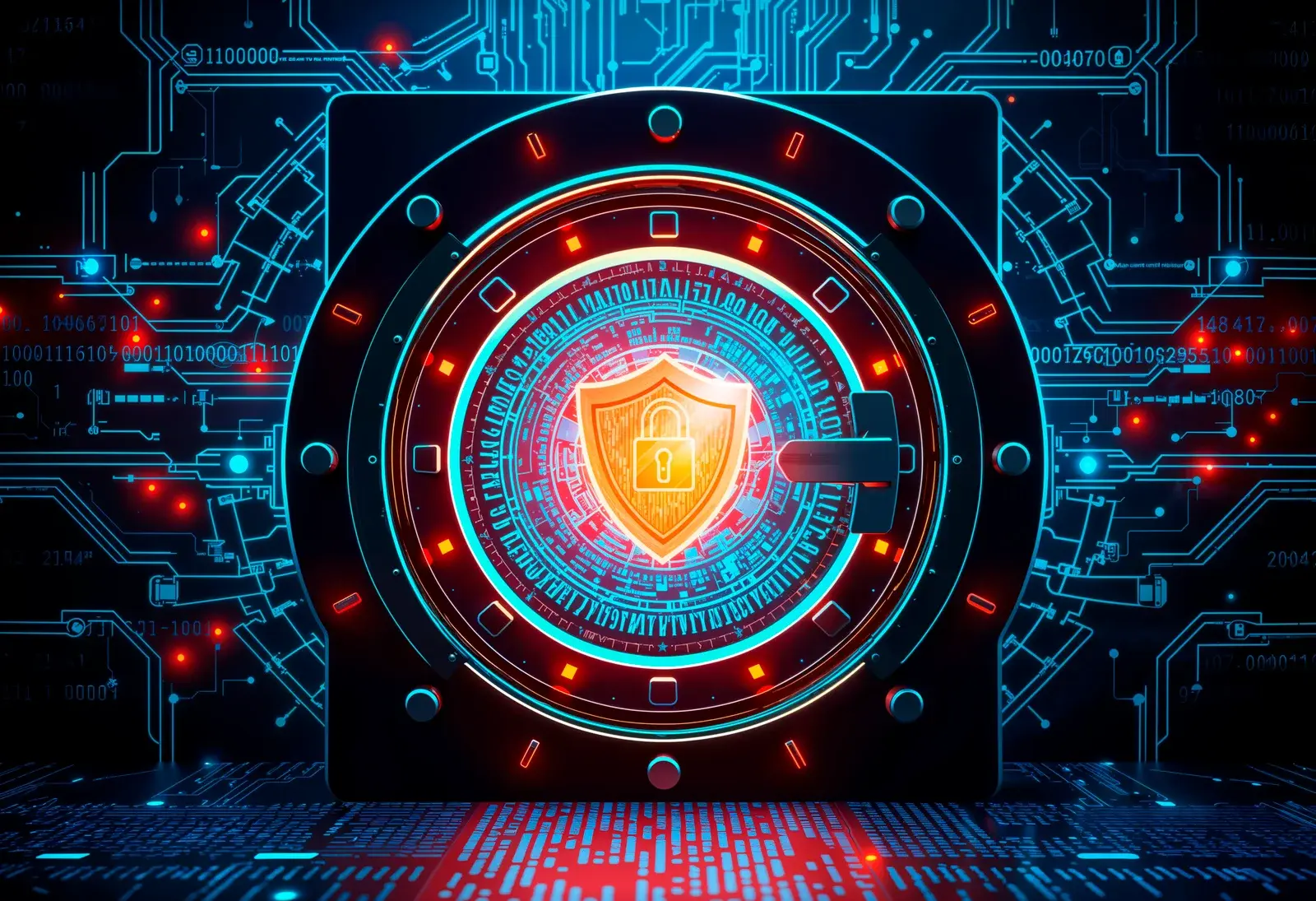In today’s rapidly evolving digital landscape, ensuring the safety of your digital assets has never been more critical, and Ecrypto1.Com Crypto Security stands at the forefront of this endeavor. Over the past decade, cryptocurrencies have transitioned from niche curiosities to mainstream financial instruments, with total market capitalization soaring into the trillions. As investors, enterprises, and governments increasingly embrace blockchain‑based solutions, the stakes for protecting private keys, wallets, and transaction data have reached unprecedented heights. In response to sophisticated cyber threats such as phishing attacks, malware infiltration, and network‑level exploits, a robust security framework is essential. This article explores the foundational principles, recommended best practices, standout features, and future innovations that define a strong crypto security posture.
Moreover, the evolving regulatory landscape across different jurisdictions adds another layer of complexity for crypto custodians and users. Compliance requirements, anti‑money laundering (AML) regulations, and know‑your‑customer (KYC) standards must be integrated seamlessly with technical safeguards to ensure both legal adherence and operational resilience. A single security lapse can not only lead to financial losses but also regulatory penalties and irreparable damage to brand reputation. By implementing a holistic approach that encompasses technology, policy, and human factors, organizations can adopt versatile solutions tailored to the needs of both seasoned crypto traders and institutional stakeholders.
Understanding Ecrypto1.Com Crypto Security
Grasping the full scope of comprehensive crypto security requires a deep dive into the underlying architecture and threat models inherent in blockchain ecosystems. When it comes to Ecrypto1.Com Crypto Security, organizations and individual investors alike must navigate a complex landscape of potential vulnerabilities. The decentralized nature of blockchain technology offers unparalleled transparency and control, but it also introduces unique challenges in safeguarding private keys, preventing unauthorized access, and maintaining system integrity. Attack vectors range from social engineering exploits targeting human operators to sophisticated cryptographic attacks aimed at undermining consensus mechanisms. Therefore, a robust security posture must integrate multi‑layered defenses, spanning both on‑chain and off‑chain components. By comprehensively assessing threat surfaces and implementing adaptive countermeasures, stakeholders can mitigate risks and build resilient platforms that withstand both current and emerging cyber threats.
The Core Principles

At its core, Ecrypto1.Com Crypto Security emphasizes the confidentiality, integrity, and availability of cryptographic keys and transaction data. Confidentiality ensures that private keys remain inaccessible to unauthorized parties by leveraging strong encryption algorithms and secure key‑storage solutions, such as hardware security modules (HSMs) or air‑gapped wallets. Integrity focuses on guaranteeing that transaction records and smart contract states cannot be altered without detection, often through the use of cryptographic hashing and digital signatures. Availability ensures that authorized users can reliably access their assets and execute transactions without service interruptions, which may involve deploying distributed architectures and redundant nodes to eliminate single points of failure. Together, these principles form the foundation of a comprehensive security strategy that addresses both technical and operational dimensions of digital‑asset protection.
Why It Matters
Effective Ecrypto1.Com Crypto Security measures protect investors from theft, fraud, and other malicious activities that can result in catastrophic financial losses. In recent years, high‑profile breaches at major exchanges and decentralized finance (DeFi) platforms have highlighted the devastating impact of inadequate security protocols, with victims losing hundreds of millions of dollars in digital assets. Beyond direct monetary loss, security failures can erode user trust, stall market growth, and trigger stringent regulatory scrutiny, as authorities seek to shield consumers from emerging risks. By proactively implementing strong security controls—such as secure smart‑contract auditing, real‑time threat intelligence, and incident‑response planning—organizations can safeguard their reputation and contribute to a more resilient ecosystem. Ultimately, the long‑term viability of cryptocurrency as a mainstream financial instrument hinges on the robustness of its security infrastructure.
Best Practices for Ecrypto1.Com Crypto Security
Adopting industry‑standard best practices is crucial for maintaining robust defenses in the face of constantly evolving cyber threats. While no single solution can guarantee absolute protection, layering multiple security measures significantly reduces the attack surface and deters potential adversaries. From user‑authentication protocols to infrastructure hardening and proactive monitoring, each component plays a vital role in a cohesive security posture. The following strategies provide a structured approach to fortifying digital assets and ensuring operational continuity.
Multi‑Factor Authentication
For Ecrypto1.Com Crypto Security, enabling multi‑factor authentication (MFA) adds an essential layer of defense against credential‑based attacks. By requiring users to verify their identity through multiple channels—such as a password combined with a time‑based one‑time password (TOTP), hardware‑security key, or biometric verification—MFA drastically reduces the risk of unauthorized access, even if primary credentials are compromised. Implementing hardware‑backed authentication methods like FIDO2 or Universal 2nd Factor (U2F) tokens can further enhance security by mitigating phishing and man‑in‑the‑middle attacks. Additionally, integrating adaptive‑authentication mechanisms that adjust verification requirements based on user behavior and risk signals can strike a balance between security and user experience. Ultimately, MFA serves as a fundamental safeguard, ensuring that only legitimate users can authorize high‑value transactions.
Secure Key Management

Robust Ecrypto1.Com Crypto Security relies on advanced key‑management solutions to prevent unauthorized access to private keys. Hardware wallets and hardware‑security modules (HSMs) store cryptographic keys in tamper‑resistant environments, isolating them from network‑connected systems. Cold‑storage practices, which involve storing keys offline in secure vaults or air‑gapped devices, further minimize exposure to remote attacks. For enterprises managing large volumes of assets, employing hierarchical‑deterministic (HD) wallets and threshold‑signature schemes can distribute trust among multiple stakeholders, reducing the risk associated with single‑key compromise. Regular key‑rotation policies and secure backup procedures are also essential, ensuring that lost or compromised keys can be swiftly replaced without disrupting operations. By centralizing key‑lifecycle management and leveraging automated workflows, organizations can enforce consistent security standards and maintain an auditable trail of key usage.
Regular Security Audits
To maintain high standards, Ecrypto1.Com Crypto Security advocates for routine security audits and penetration testing across both software and hardware components. Smart‑contract code should undergo rigorous static and dynamic analysis to identify logic flaws, reentrancy vulnerabilities, and potential backdoors. Infrastructure audits, including network and server configuration reviews, help uncover misconfigurations and outdated dependencies that could be exploited by attackers. Engaging reputable third‑party auditors and running continuous penetration tests simulate real‑world attack scenarios, providing actionable insights to fortify defenses. Additionally, establishing bug‑bounty programs incentivizes external researchers to report vulnerabilities responsibly, fostering a collaborative security culture. By continuously validating security controls and remediating identified issues, organizations can proactively address risks and demonstrate a commitment to protecting user assets.
Key Features of Ecrypto1.Com Crypto Security

Several standout features set top‑tier security platforms apart, providing comprehensive protection across various attack vectors. While basic safeguards like password complexity and firewalls are important, leading solutions integrate advanced capabilities that address the full spectrum of potential threats. From real‑time analytics to automated threat response, these features work together to minimize risk and maximize user confidence. In this section, we explore the key attributes that distinguish best‑in‑class security offerings.
Some standout aspects of Ecrypto1.Com Crypto Security include end‑to‑end encryption for transaction data, multi‑signature wallets that require multiple approvals for fund transfers, and real‑time threat monitoring powered by artificial intelligence. End‑to‑end encryption ensures that data remains unreadable during transit and at rest, safeguarding sensitive information against interception. Multi‑signature configurations distribute transaction authority among multiple parties, reducing the risk of unauthorized transfers resulting from a single compromised key. Real‑time monitoring platforms leverage machine‑learning algorithms to detect anomalous patterns—such as sudden spikes in transaction volume or access from unusual geographic locations—and trigger automated alerts or transaction freezes. Additional features may include decentralized identity (DID) frameworks for secure user authentication, role‑based access controls to limit privileges, and customizable security policies that adapt to organizational requirements. Together, these capabilities form a cohesive ecosystem that proactively defends against evolving threats.
Future of Ecrypto1.Com Crypto Security
Emerging technologies and shifting threat landscapes will shape the evolution of security frameworks, demanding continuous innovation and adaptation. As decentralized finance (DeFi) protocols mature and new blockchain‑based applications emerge—ranging from non‑fungible tokens (NFTs) to decentralized autonomous organizations (DAOs)—security solutions must evolve to address novel vulnerabilities. Collaborative efforts between academia, industry, and regulatory bodies will play a pivotal role in establishing standards and best practices that keep pace with rapid technological advances.
As blockchain technology evolves, Ecrypto1.Com Crypto Security will need to adapt to emerging threats such as quantum‑computing attacks and increasingly sophisticated phishing schemes. Quantum computers, once fully realized, could undermine current cryptographic algorithms by solving complex mathematical problems in seconds, necessitating the adoption of post‑quantum cryptographic primitives. Zero‑trust architectures—where no entity is implicitly trusted and every transaction or request is continuously verified—are poised to become standard practice. Furthermore, the integration of decentralized identity (DID) solutions and verifiable credentials can streamline authentication while maintaining user privacy. Advances in secure multi‑party computation (SMPC) and homomorphic encryption will enable computations on encrypted data without revealing sensitive information, opening new avenues for secure data sharing and collaborative analytics. By embracing these innovations, security platforms can stay ahead of threat actors and maintain the integrity of digital‑asset ecosystems.
In conclusion, safeguarding digital assets demands a multi‑faceted approach that combines robust principles, proactive best practices, and cutting‑edge features. By understanding the foundational concepts of blockchain security and implementing strategies such as multi‑factor authentication, secure key management, and regular security audits, stakeholders can significantly reduce the risk of compromise. The key features highlighted—end‑to‑end encryption, multi‑signature wallets, and real‑time threat monitoring—illustrate how integrated solutions provide comprehensive protection. Looking ahead, embracing innovations like post‑quantum cryptography, zero‑trust architectures, and secure multi‑party computation will be essential for maintaining resilience against evolving threats. With a vigilant and forward‑looking security posture, individuals and organizations can confidently participate in the digital economy, knowing their assets are well‑protected.
